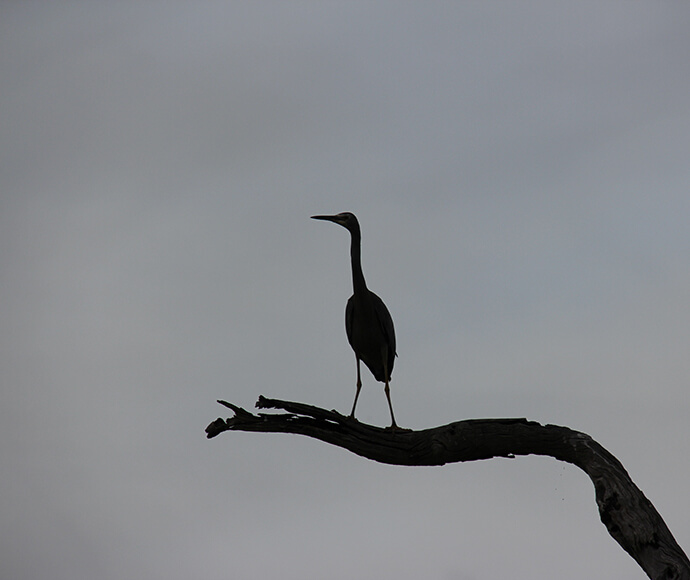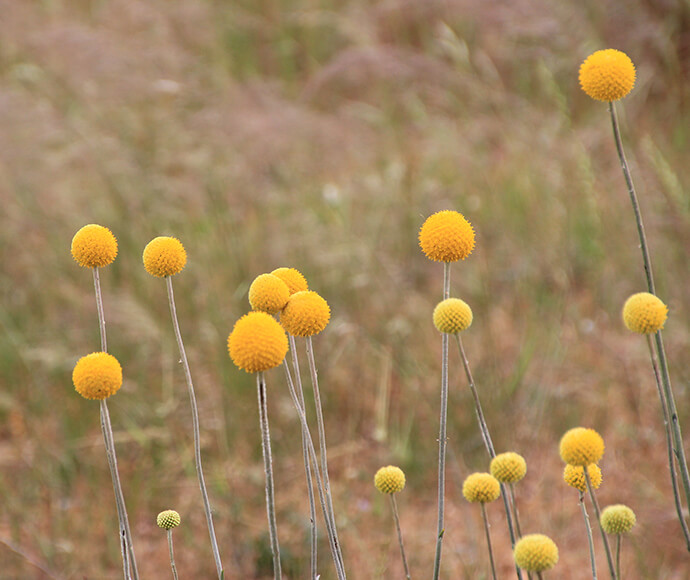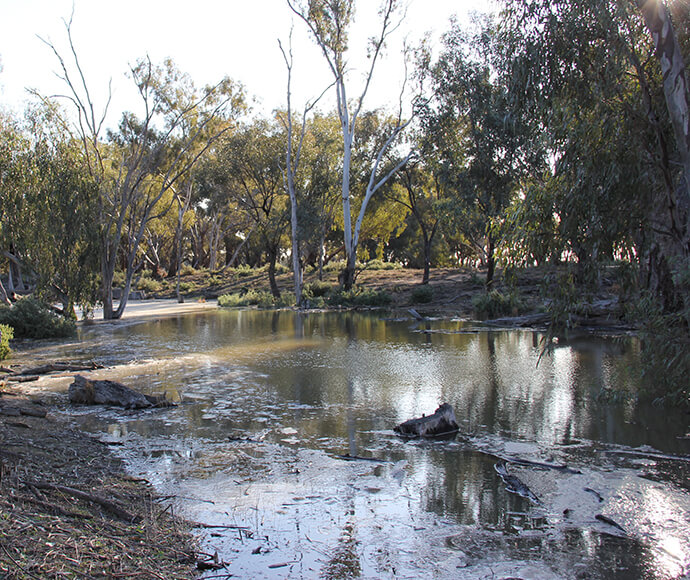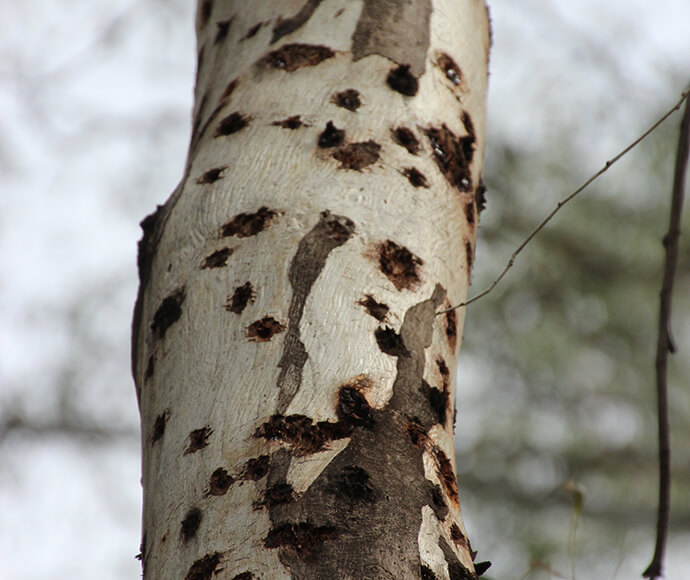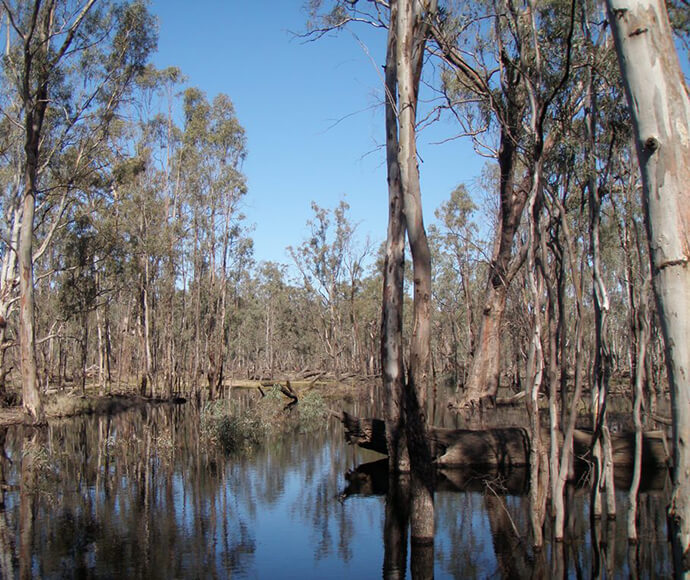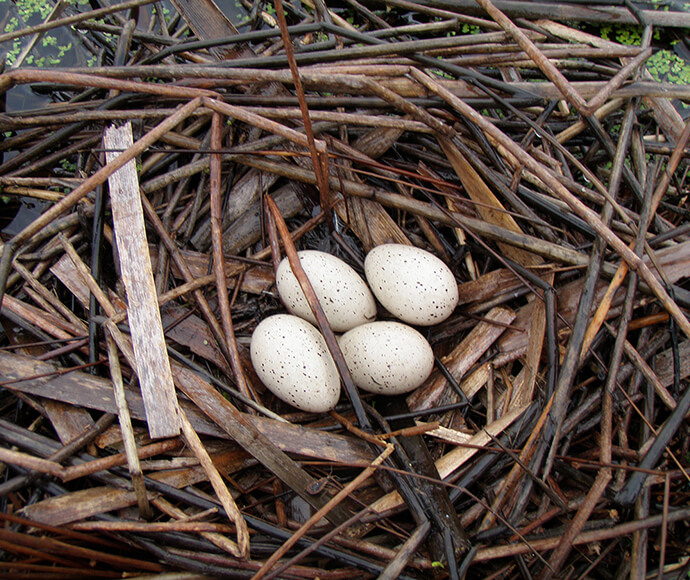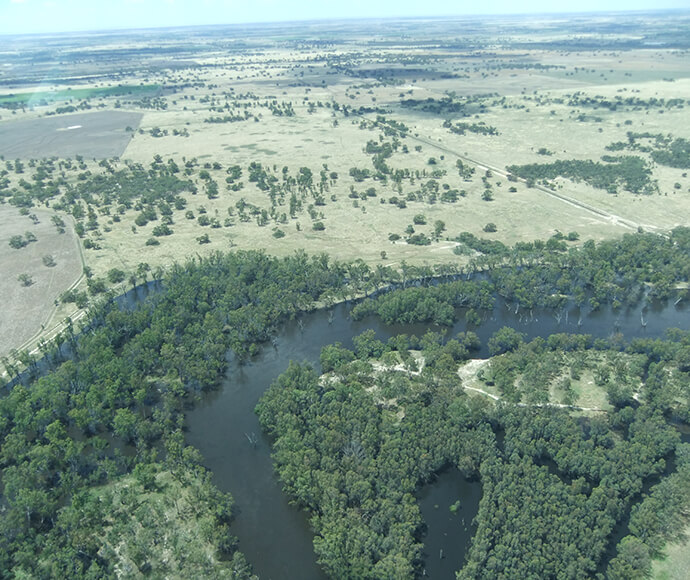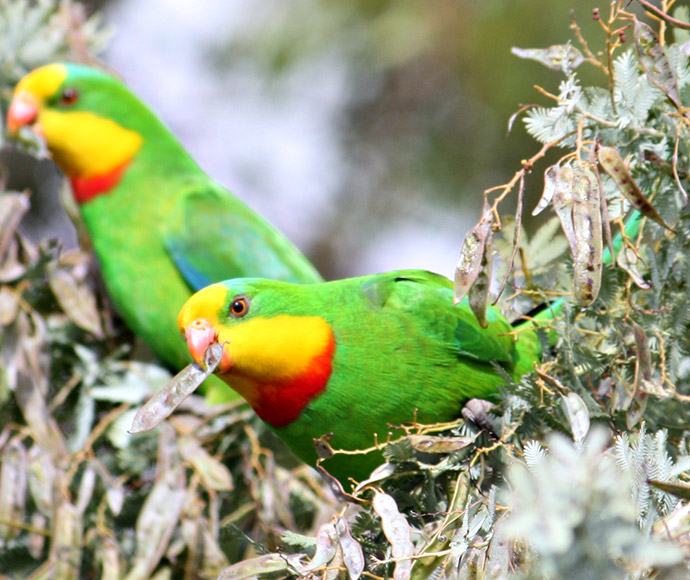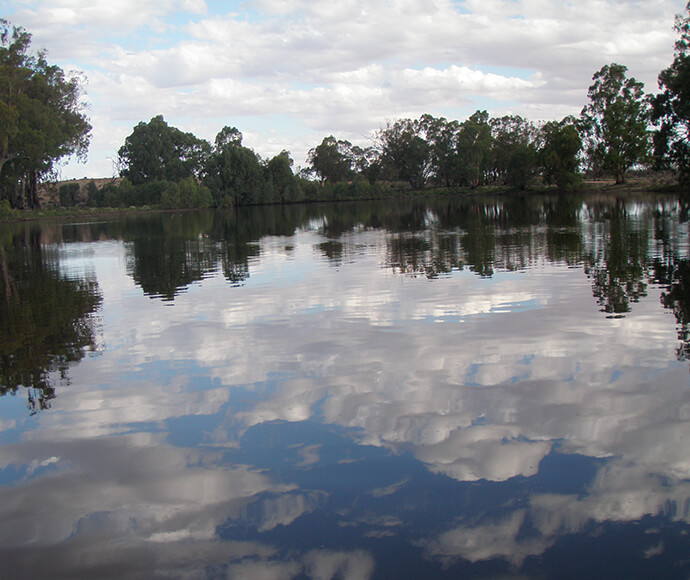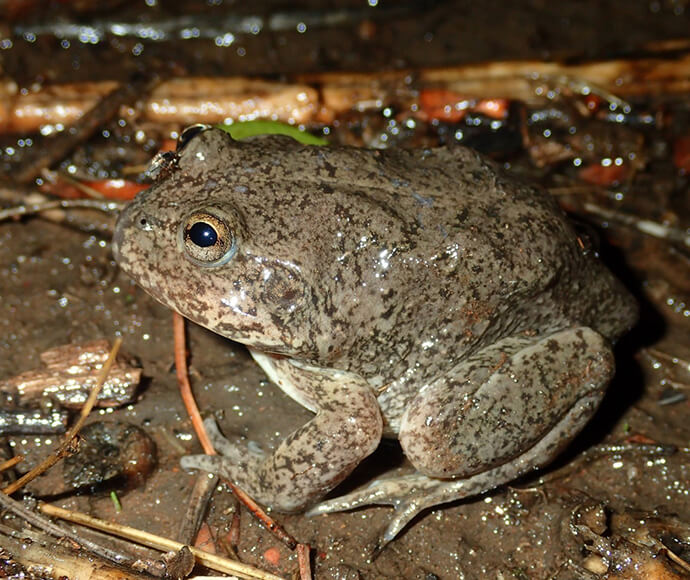Working together
The Murray and Lower Darling valleys cover a combined area of 98,300 square kilometres and include the world’s largest stand of river red gums and a 1700-kilometre stretch of Australia’s longest river, the Murray.
The NSW Department of Climate Change, Energy, the Environment and Water is working with local communities to improve the health of wetlands, rivers and floodplains in the catchment.
Landholders, community representatives, Aboriginal spokespeople, recreational fishers, local government and partner agencies all form part of an environmental water advisory group which meets regularly to discuss proposed watering events, identify priority sites and future opportunities.
Supporting protected species
Healthy vegetation provides ideal habitat for a number of threatened and protected species, including:
- Macquarie perch
- Murray cod, trout cod
- painted snipe
- regent honeyeater
- superb parrot
- regent parrot (eastern)
- southern bell frog
- fishing bat
- small scurf-pea
- mountain Swainson-pea
- floating swamp wallaby grass.
Sustained watering events provide ideal conditions for large-scale waterbird breeding, including species listed on bilateral migratory bird agreements between Australia and Japan, China and the Republic of Korea. Species including the eastern great egret, cattle egret, glossy ibis and white-bellied sea eagle have bred successfully during events supported by water for the environment.
Helping vegetation grow
With the support of communities, wetlands on public and private land are targeted for watering. Flows support significant vegetation communities including:
- river red gum
- river cooba
- black box
- lignum
- common reed
- moira grass, spike rush
- giant rush.
Important sites
The Murray and Lower Darling valleys are home to several nationally and internationally significant sites.
The Millewa, Werai and Koondrook–Perricoota forests are listed under the Convention on Wetlands of International Importance (the Ramsar Convention) and in the Directory of Important Wetlands in Australia, which also includes the Darling Anabranch lakes.
The Living Murray icon sites within New South Wales include the Millewa Forest, Koondrook–Perricoota Forest, the eastern section of Chowilla floodplain and the River Murray Channel.
The lowland Murray and Darling Rivers have been declared ecologically endangered and are also targeted for environmental watering.
Indigenous connection
The Murray and Lower Darling valley wetlands and rivers carry important Aboriginal cultural heritage values, with more than 968 cultural heritage sites formally recorded. Recorded sites include scarred trees, burials, shell middens and oven mounds that are a legacy of a long and continuing Aboriginal occupation of these lands.
Water for the environment provides many contemporary cultural benefits, including sustaining plants protected and used through time by Aboriginal people for food, medicine, fibre, shelter, utensils, food gathering, and ceremonies. Maintenance of live trees that bear cultural markings and features is enhanced by access to adequate water, and improved tree condition will also provide greater resilience to the impacts of fire and insects.
Aboriginal people continue to contribute important knowledge to management of water for the environment, for example by identifying sites and cultural values that are likely to benefit from watering. The Murray Lower Darling River Indigenous Nations, Murray Local Land Services and Western Local Land Services have members on the Murray Lower Darling Environmental Water Advisory Group (EWAG). Information about water and its importance for cultural values is shared between the EWAG and Aboriginal groups through these members, and via associated groups such as the Murray Aboriginal Technical Group coordinated by Murray Local Land Services. Ways of improving communication and connection to cultural outcomes will continue to be explored as opportunities permit.
More information
- Murray and Lower Darling Water Resource Plan Area
- Murray and Lower Darling Valleys Annual Environmental Watering Plan 2014-2015
- Cooperative management of environmental water to improve river and wetland health in NSW
- Vegetation Mapping Project: Executive summary
- Long-term water plans
- Murray-Lower Darling Long-Term Water Plan
- Water Sharing Plan for the NSW Murray and Lower Darling Regulated Rivers Water Sources (PDF 1.6MB)download file
- Murray Darling Basin Authorityopens a new window
- Murray Darling Basin Planopens a new window
- Commonwealth Environmental Water Holder – Lower Murray Darlingopens a new window
- Commonwealth Environmental Water Holder – Mid Murrayopens a new window
- Basin Plan Annual Reportsopens a new window
